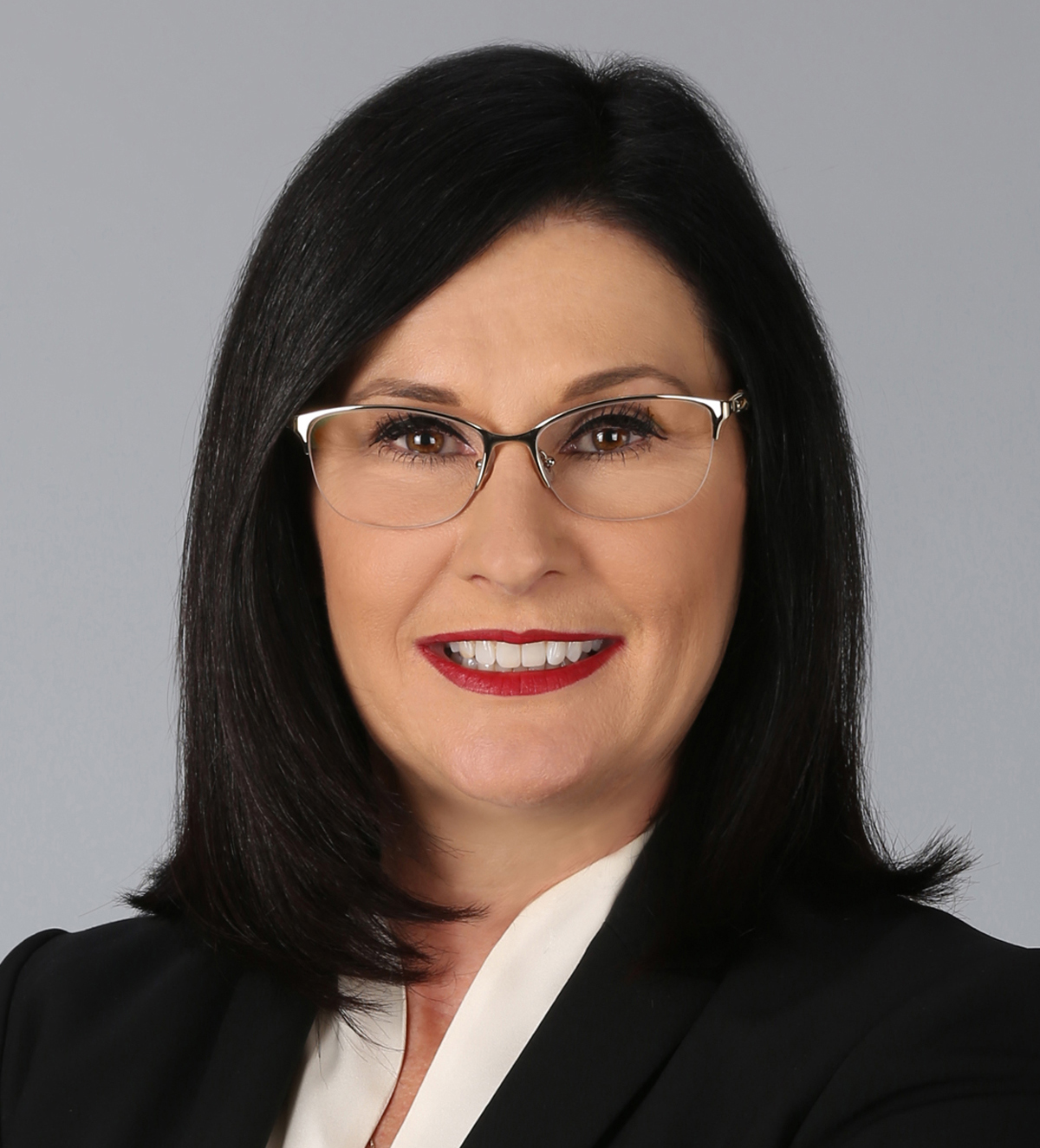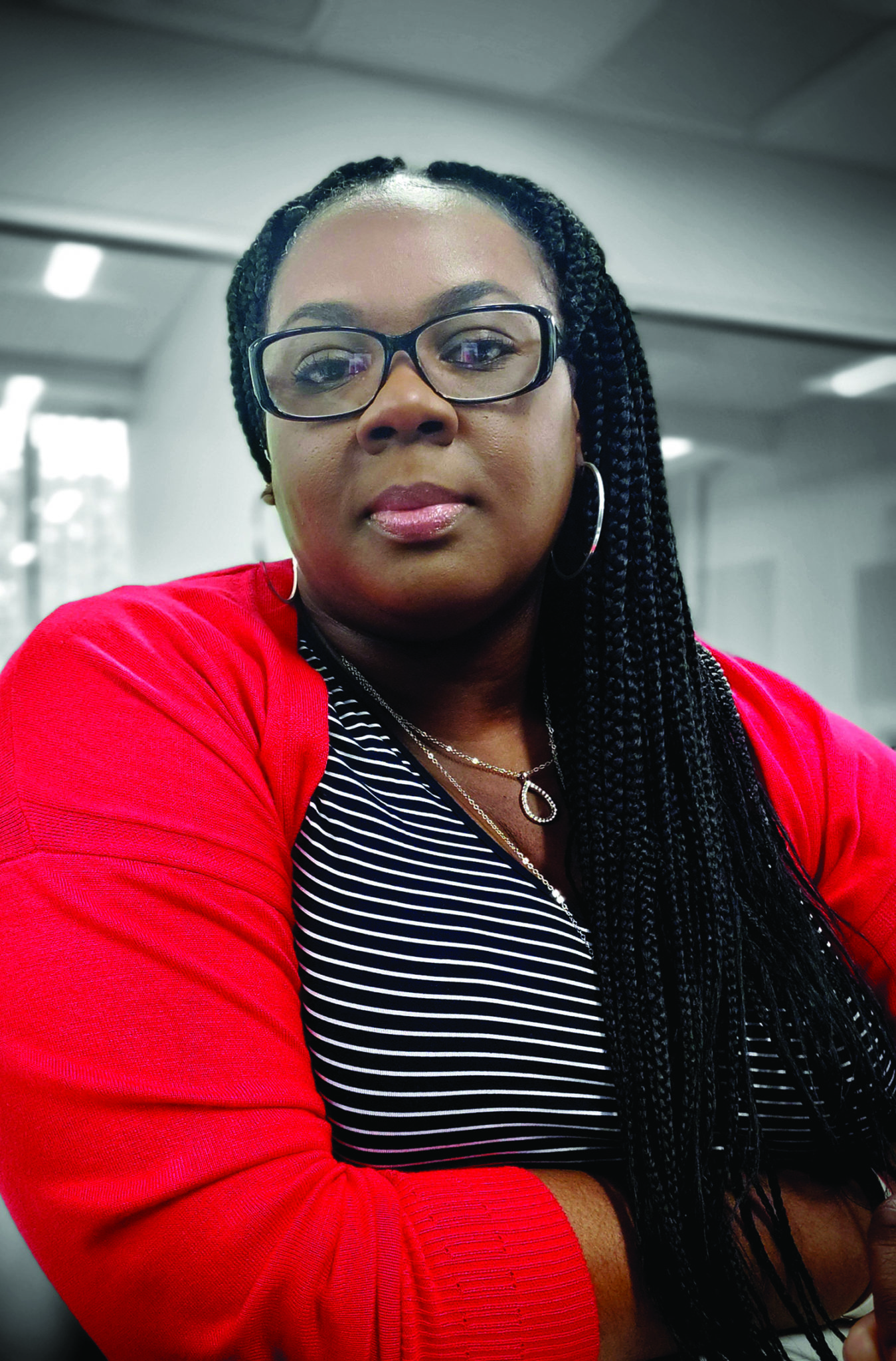The nation’s supercharged industrial real estate sector appears to be braking from its breakneck growth, after taking a battering from a prolonged government shutdown, an escalating trade war, a slowing gross domestic product, global turmoil and sinking CEO confidence.
According to NAIOP’s third-quarter Industrial Space Demand Forecast, net absorption of warehouse, distribution, assembly, showroom and manufacturing facilities is expected to drop by more than a third, to 37 million square feet per quarter—and stay at that level for the next two years.
“This is a significant slowdown from the average 60 million square feet of quarterly net absorption experienced during 2017 and 2018,” say report authors Harry Guirguis of Manhattan College and Joshua Harris of New York University.
Citing a confluence of “unique shocks” to the economy, the report says the industrial market underperformed in the first half of the year, absorbing only 67 million square feet of the forecasted 117 million square feet.
Similarly, GDP growth is expected to slow to 1.75% to 2.25%, this year, not the 2.5% to 3% previously expected. The report points to an erosion of business investment as the primary culprit.
“The Conference Board’s Measure of CEO Confidence stayed in negative territory during the first and second quarter—a major reversal from the positive sentiment of the past several years,” the report says.
Average quarterly completions of new industrial facilities also dipped to 42 million, compared to the average of 54 million feet delivered each quarter in the previous two years.
Slowing deliveries should keep supply and demand in check, and rents and vacancy rates should remain stable, the report says.
So far, the national-level market contagion has not spread to South Florida’s industrial sector—and many market watchers predict it probably won’t be more than a blip.
“There is a bullishness about this market, so what is happening on the macro is not likely to impact us in the long term,” says Ken Krasnow, vice chairman of institutional investor services in Florida for Colliers International.
He said larger corporate tenants are being more judicious, cautious and taking a little longer to ink leases, but they are still signing them in South Florida.
George Pino, president of State Street Realty, which handles leasing for major institutional owners in Miami-Dade County, notes that slowing demand on the national level has not sincerely trickled down to his deal velocity. “I am busier this year than last,” he says.
He says while existing tenants in a property are less eager to quickly renew leases as they weigh the effects of rising economic woes, new tenants that need to expand or want to be in this market are striking deals.
In the second quarter, the region’s industrial market data still shows fundamental strength, despite an overarching trend of slowing absorption, in part, attributable to a scarcity of product.
Construction, on the other hand, has accelerated while vacancy consistently fell. The second-quarter vacancy rate in Miami-Dade County was 2.8 percent; 4.7 percent in Broward County; and 2.2 percent in Palm Beach County.
“We have not seen a slowdown,” says Chris Metzger, executive director of Cushman & Wakefield. “One of the biggest problems is there is not any space. You can’t absorb space that is not there.” He says this is fueling “bidding wars” among tenants for prime spaces.
A near-term local market correction, however, is not impossible, Metzger says. Historically, he notes, South Florida’s commercial real estate market has seen one every seven to 10 years—and it has been 10 years since the bottom of the Great Recession.↵
Freelance writer Darcie Lunsford is a former real estate editor of the South Florida Business Journal. She is the senior VP for leasing at Butters Group and is avoiding a conflict of interest in her column by not covering her own deals.










